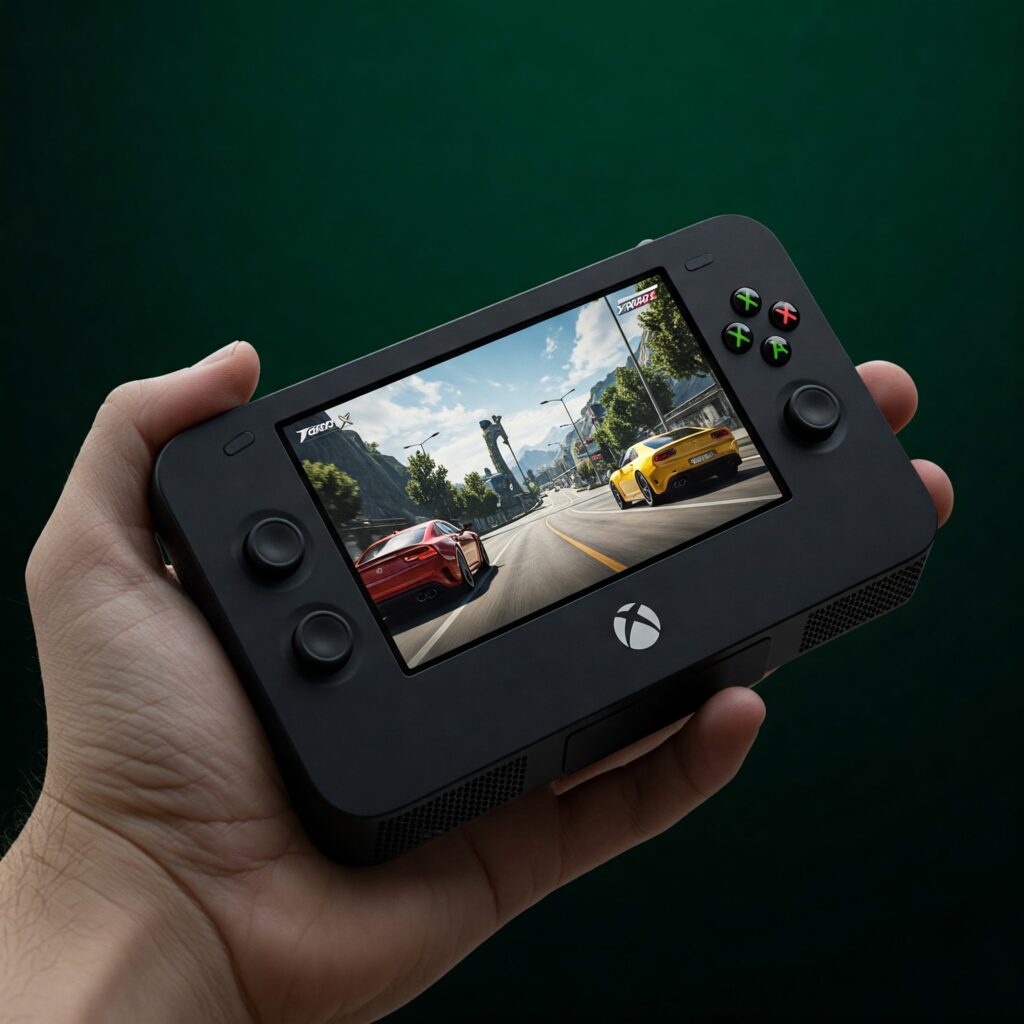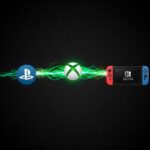Xbox On The Go: Exploring the Potential of a Dedicated Microsoft Handheld
Introduction:
The gaming landscape has seen a significant resurgence in powerful handheld devices. Led by the phenomenal success of the Nintendo Switch and amplified by the arrival of PC gaming handhelds like Valve’s Steam Deck, ASUS ROG Ally, and Lenovo Legion Go, gaming on the move is no longer just about mobile phone titles or underpowered dedicated devices. Amidst this changing environment, and with Microsoft’s increasing focus on its Xbox ecosystem across consoles, PC, and Cloud, the question arises: Is a dedicated Xbox handheld the next logical step?
The Strategic Vision: Why an Xbox Handheld Makes Sense
Microsoft’s gaming strategy revolves around the Xbox ecosystem and its central pillar: Game Pass. Bringing Game Pass to as many screens as possible is paramount. While Xbox Cloud Gaming (xCloud) already enables mobile play via smartphones and tablets, a dedicated handheld could offer a significantly enhanced, optimized experience.
- Game Pass Unleashed: A first-party handheld would be the ultimate Game Pass machine, designed from the ground up for seamless access to the downloadable library and cloud streaming.
- Competitive Necessity: With Nintendo dominating the hybrid space and PC handhelds carving out a significant niche, an Xbox handheld could directly compete and ensure Microsoft isn’t left behind in this growing market segment.
- Ecosystem Expansion: It provides another dedicated entry point into the Xbox ecosystem, potentially attracting users who prefer handheld gaming or want a companion device to their console/PC.
- Optimized Experience: Unlike retrofitting controls onto phones or using third-party devices, a Microsoft-designed handheld could offer optimized ergonomics, controls, software integration, and potentially better cloud streaming performance through dedicated hardware/software tuning.
Hypothetical Technical Specifications & Design:
Based on current technology (as of early 2025) and competitor benchmarks, a potential Xbox handheld launching in the near future (e.g., 2026-2027) might feature:
- Processor: A custom AMD APU (Zen 4/5 CPU cores + RDNA 3/4 GPU cores) balancing performance similar to current low-wattage gaming handhelds, or perhaps a power-efficient ARM-based chip heavily optimized for superior cloud streaming and potentially native ARM-compiled games. The choice depends heavily on whether native play or cloud is the primary focus.
- Display: A 7-to-8-inch screen seems standard. OLED would offer superior contrast and colors, while a high-quality LCD could manage costs. A resolution of 1080p with a 120Hz refresh rate (possibly with Variable Refresh Rate – VRR) would be competitive.
- Controls: Integrated, non-detachable Xbox-style controls with high-quality buttons, triggers (hall effect?), thumbsticks, and potentially advanced haptics. Gyro controls for aiming would be essential.
- Storage: A fast NVMe SSD is crucial. Options ranging from 512GB to 1TB, with a MicroSD card slot for expansion, would be expected.
- Connectivity: Wi-Fi 6E or even Wi-Fi 7 for low-latency streaming and fast downloads. Bluetooth 5.x for peripherals. USB-C port(s) for charging, data, and potentially video output (DisplayPort Alt Mode). An optional 5G SKU could dramatically enhance the cloud gaming proposition on the go.
- Battery: This is the Achilles’ heel of powerful handhelds. A target of 3-6 hours depending on the game’s intensity would be necessary, requiring a substantial battery (40-50Wh+) and efficient power management.
- Software: This is a key differentiator. Would it run a tailored version of the Xbox console OS for a streamlined, focused gaming experience? Or a version of Windows (like competitors) for broader PC game compatibility, potentially sacrificing some simplicity? Deep integration with Game Pass, Cloud Gaming, Quick Resume, and Xbox social features is a must.
Key Features & Ecosystem Integration:
- Premier Game Pass Device: Instant library access, pre-installation, optimized cloud streaming interface.
- Native Play Potential: Depending on the chipset, it could potentially run optimized versions of less demanding Xbox Series S|X games or older Xbox titles natively. Access to the user’s purchased digital library would be a major draw.
- Cloud Gaming Focus: Regardless of native power, expect heavy optimization for Xbox Cloud Gaming, potentially offering lower latency and better visual fidelity than generic devices.
- Seamless Continuity: Cross-save/cross-progression via the cloud for games played across console, PC, and handheld.
- Remote Play: Functionality to stream games directly from a user’s home Xbox console.
Market Positioning & Challenges:
- Competition: It would need to carve its niche against the Switch’s beloved exclusives and family appeal, and the vast PC library accessibility of Steam Deck and its kin.
- Price Point: Hitting a competitive price ($399-$599) would be crucial, balancing features and performance against affordability.
- Defining its Role: Is it primarily a cloud device with some native capability, or a powerful native handheld capable of running many Xbox/PC games locally? Clarity on this would be key.
- Battery Life: Balancing performance demands with acceptable battery life remains the core engineering challenge for all powerful handhelds.
Estimated Availability (Speculative):
Given the current console generation’s lifecycle and the development time required, if Microsoft were actively developing an Xbox handheld, a launch timeframe of late 2026 to 2028 seems plausible, potentially aligning with a mid-generation console refresh or as part of the next generation’s strategy.
Conclusion:
While purely speculative at this stage (April 2025), the concept of a dedicated Xbox handheld aligns strongly with Microsoft’s ecosystem-centric strategy and the booming handheld gaming market. Such a device, focused on delivering an optimized Game Pass and Cloud Gaming experience, potentially augmented with native play capabilities, could be a compelling proposition for existing Xbox fans and newcomers alike. The challenges are significant, particularly around battery life and price, but the potential reward – truly taking the Xbox experience anywhere – makes it an exciting prospect to watch for in the coming years.



